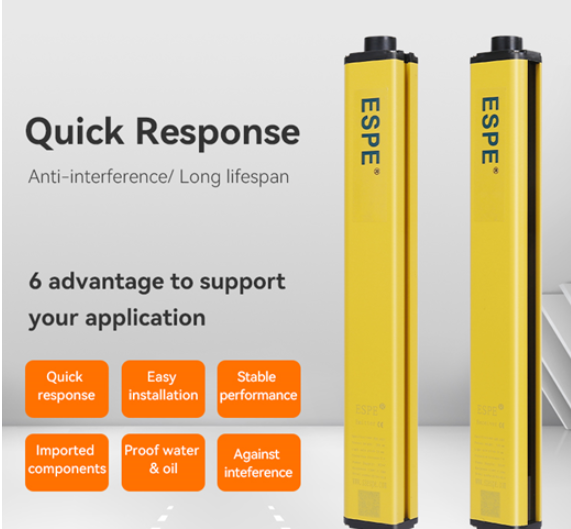2023-11-24
1. Performance reliability verification: Burn-in testing helps verify that safety gratings retain their designed performance after prolonged use. This includes checking that the grating can accurately detect intrusions by objects or people, and triggering security systems in a timely manner if necessary.
2. Durability testing: By simulating long periods of use and various environmental conditions, burn-in testing helps determine the durability of safety gratings. This is essential to ensure reliable operation of equipment under high loads and harsh environments.
3. Protection Level maintenance: Safety gratings usually have a specific protection level to ensure that they will work effectively under different environmental conditions. Burn-in tests verify that these levels of protection remain unchanged over the life of the equipment.
4. Failure rate assessment: By simulating aging, it is possible to identify components or parts of the system that may be causing failure. This helps manufacturers improve designs and improve equipment reliability, reducing maintenance and downtime.
5. Compliance testing: Safety gratings may require compliance with specific safety standards and regulations. Burn-in testing helps ensure that equipment remains compliant with these standards throughout its design life to meet safety and regulatory requirements.
6. User Security: Burn-in testing helps keep end users safe by ensuring that the safety grating remains high performance throughout its life. This is essential for the safety of people in industrial and automation systems.
7. Predictive Maintenance: By understanding the aging process of components, operators can implement more effective predictive maintenance programs to avoid downtime due to unexpected failures.


安全继电器是工业安全的关键设备,通过监测输入信号控制安全相关参数,防止事故发生。广泛应用于机械设备安全控制、危险区域监控和人机交互安全等领域。未来,安全继电器将朝智能化、更高安全标准和多功能化方向发展。


安全光栅是工业自动化中常用的安全设备,本文介绍了其常见故障及处理方法,包括光束中断、传感器故障、电源问题、环境因素和软件或设置问题。用户可通过本文了解并处理这些故障,确保光栅的可靠运行。


安全光栅利用光栅原理进行检测,具备高精度、实时性和多功能性,被广泛应用于工业生产线、物流系统和安全门禁等领域,对人机安全发挥不可替代的保护作用。未来技术进步将进一步提升其智能化和可靠性,发挥更重要作用。
